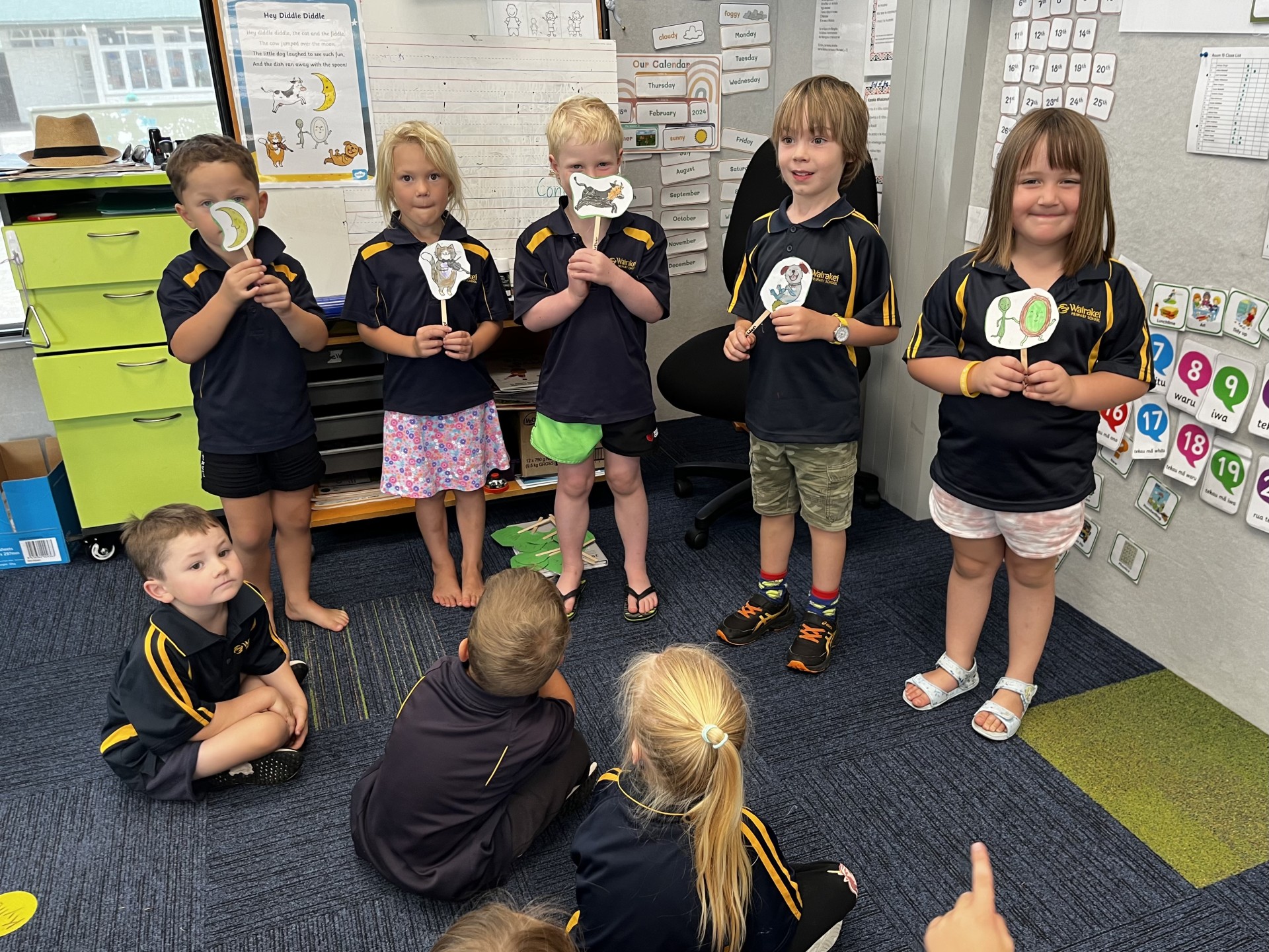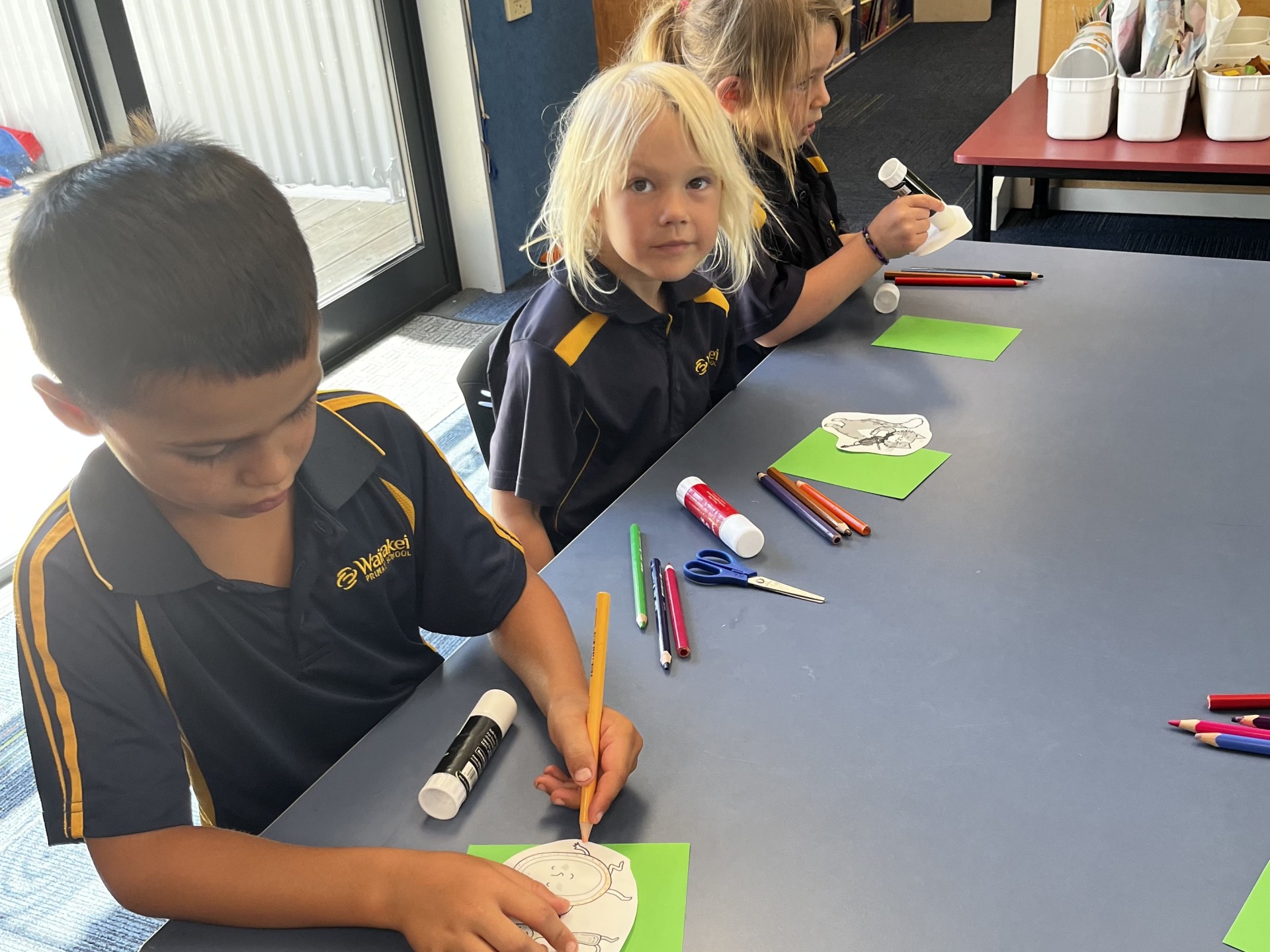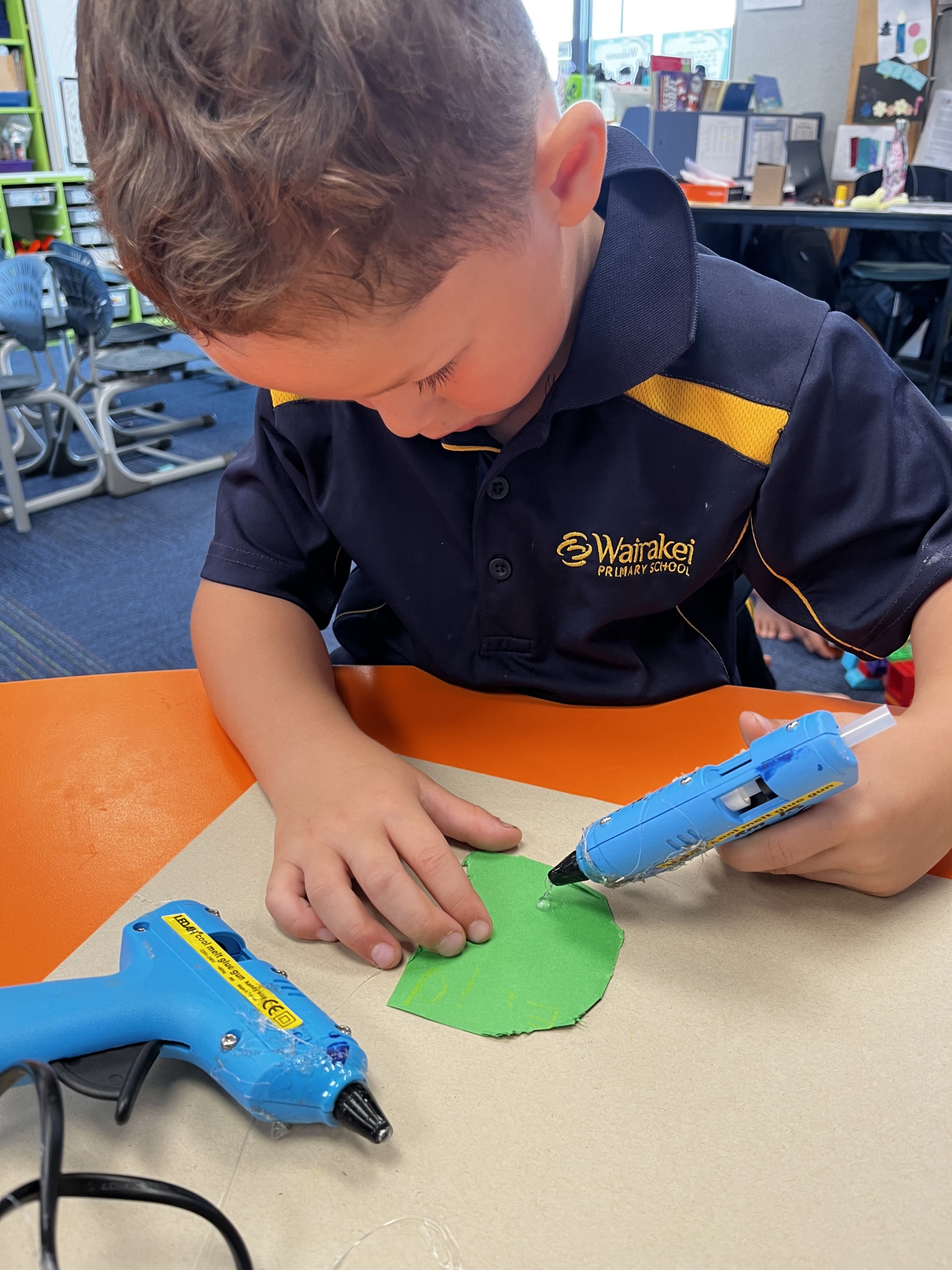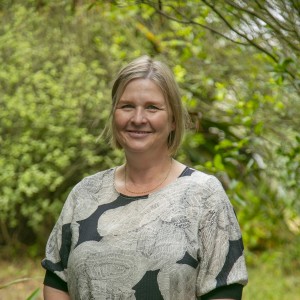Counting, recognising rhymes, and storytelling engages students. For instance, in the poem “One, Two, Buckle My Shoe,” students are practising counting the numbers. They practise rhyming in lines like “Three, Four, Shut the Door.” Students then practise their retelling skills and sequencing a narrative. These activities encourage oral language.
Language Development
Through repetition and practice, students develop language proficiency by expanding their vocabulary, recognising rhymes, understanding sentence structures, and improving pronunciation. This process lays a strong foundation for future literacy by instilling essential language skills from an early age.
Memory and Recall
With each retelling, students in Room 15 gain confidence and fluency in remembering the rhyme. Using actions and rhythm when reciting the poem students develop muscle memory. The more times they hear the rhyme, the more likely they are to remember it.
Sequencing Skills
Retelling a nursery rhyme involves understanding and sequencing events. Through learning to retell a nursery rhyme, Room 15 students learn about the beginning, middle and end of a story.
Imagination and Creativity
Nursery rhymes spark imagination and creativity. They allow students to visualise characters, settings and actions.
Social and Emotional Learning
Engaging in nursery rhyme retelling promotes social interaction. Whether reciting at home with a family member or with peers in the classroom, students learn to express themselves, in a small group or with a buddy.
As a class we extended the poems by asking questions about how they think the characters in the poems felt. Here are some of the students' answers.
Q: “How do you think the cow felt jumping over the moon?”
A: Bailey, “I think the cow was proud he could jump so high.” Isabel, “I think he would be scared and happy because he didn’t break his leg.”
Q: What is your favourite part of the rhyme?”
A: Conor, “I liked when the dish ran away with the spoon. They were having fun together.”
Once we have learnt a nursery rhyme they are available for students to use throughout the day to recite with friends and to act out using puppets. Our next steps will be to create more moments for students to have fun using different forms of language and at the same time learn about how language works.





Comments
No one has commented on this post yet.